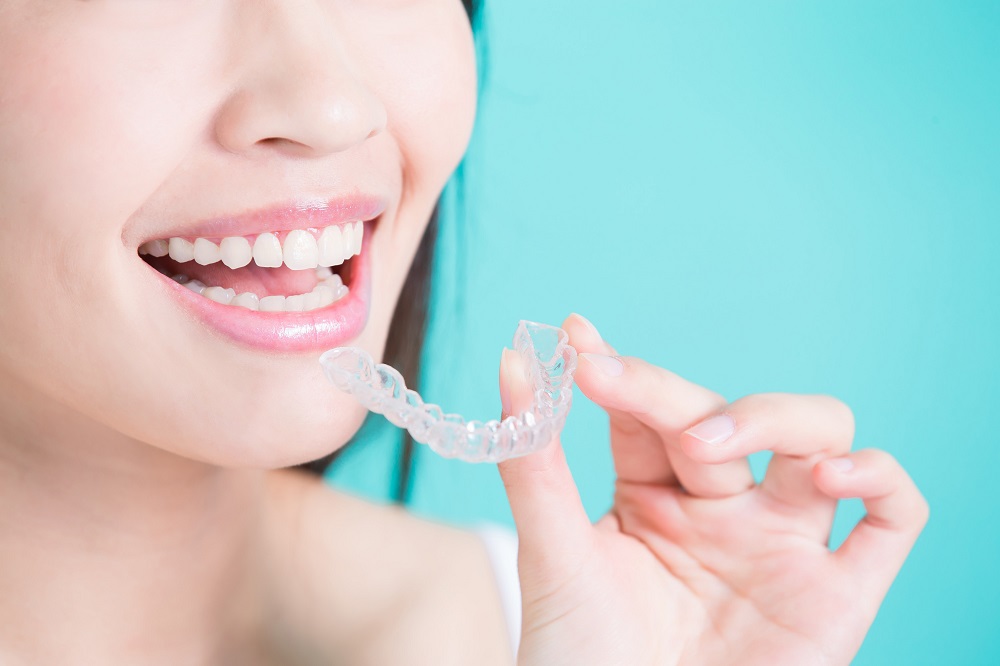You might’ve just finished your Invisalign treatment or used your aligners for a while. In either case, you may have observed that using Invisalign causes your teeth to seem floppy. Though this is a common side effect of Invisalign treatment, there are techniques to address it and ensure your teeth remain stable.
Your teeth could feel loose for a variety of reasons. Learn what causes your teeth to feel loose during your treatment with Invisalign in Vancouver, along with some advice on how to avoid it by reading on.
How Does Invisalign Work?
Utilizing transparent, replaceable aligners, Invisalign straightens teeth. Digital impressions of each patient’s mouth are used to make their unique aligners. Since the aligners are almost undetectable, treatment can be done covertly. It encourages proper dental hygiene because they are simple to take out for eating, drinking, brushing, and flossing.
The treatment often requires fewer appointments than traditional braces, making it more convenient. Although only some are good candidates, an Invisalign dentist near you can help you decide whether Invisalign or other treatments are more appropriate for you.
What Happens When You Wear Invisalign?
When an aligner is placed over your teeth, it will then exert a predefined amount and direction of force on each tooth. The purpose of this point is to align the patient’s teeth. The pushing force exerts the same force that starts the bone cells required to disassemble and reassemble the bone. It makes it possible to shift the teeth.
How standard braces and clear aligners press on the teeth differs greatly. Despite these variations, the outcome is the same: controlled tooth movement and no more misaligned teeth.
Why Do Your Teeth Feel Loose During Invisalign Treatment?
If the direction of your teeth is influential or driving your concern, you should consult our dentist or orthodontist. Yet, when the Invisalign process moves the teeth into the straight new position, it is typical for the teeth to become slightly loose.
Here’s what will happen:
To understand how the teeth move, understanding the anatomy of the jaws and teeth is required. Both jaws contain alveolar bone, a crucial form of bone. The alveolar bone has two functions: it holds the teeth firmly within the jaws and supports the forces put on them during chewing. The periodontal ligament is a slender band of connective tissue that holds the tooth roots to the alveolar bone.
The periodontal ligament must be secured to the bone and teeth for the mouth to function properly. The bone surrounding the roots of the teeth is altered when teeth are shifted. The connecting ligament’s good health must be preserved during these alterations. The teeth will be relocated within the bone as part of the process.
To accomplish this, our dentist relies on tiny cells that break down bone and then renew it. For this demonstration, imagine a tooth with a beneficial root connected to a healthy ligament connected to a healthy bone. The dentist will need to trigger cells that release bone in the direction the tooth will transit to enable that movement since a bone is moving that tooth.
Why Choose Invisalign?
Invisalign braces can take the place of conventional metal braces. They are almost invisible since they are constructed of two transparent aligners that are precisely shaped and sized to fit your mouth. Although it isn’t right for everyone, Invisalign is the best option for people who require modest tooth straightenings, such as those with mild to moderate misalignment, overbites, or underbites.
Give Us a Call Today!
You should see our dentist or orthodontist if you experience significant or worrying tooth wobbling, even if you are considering Invisalign near you but are still trying to figure it out. Contact Abba Dental and schedule an appointment with our dentist to receive your care!
